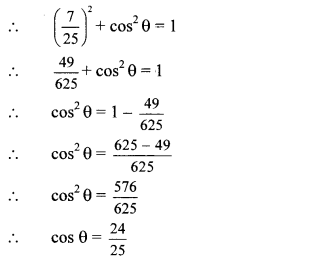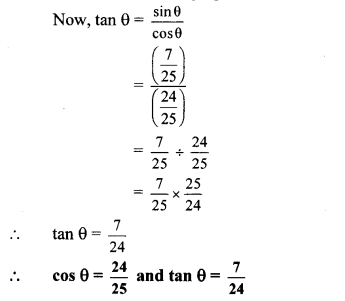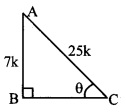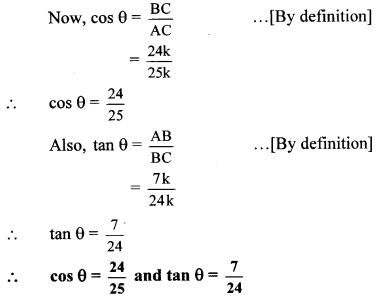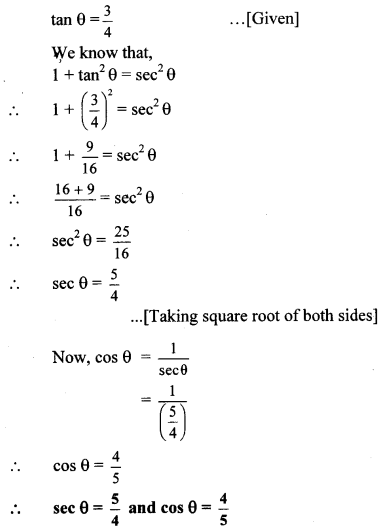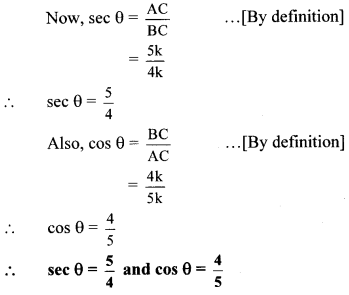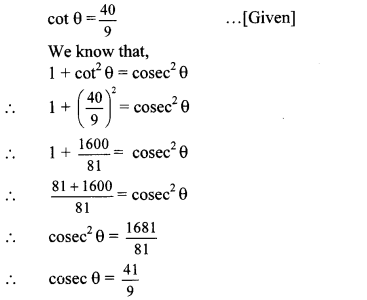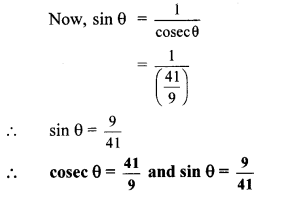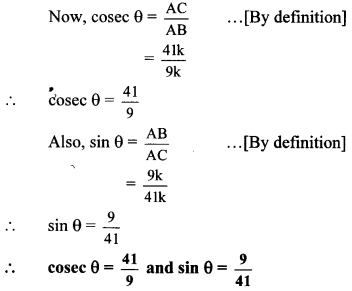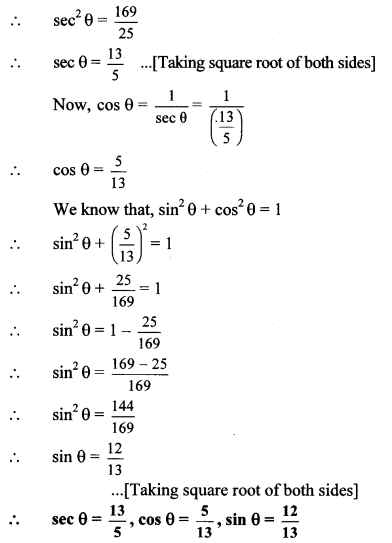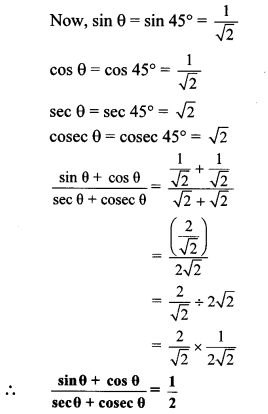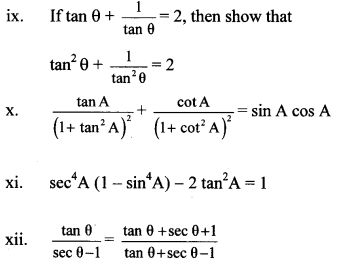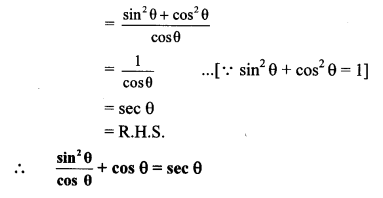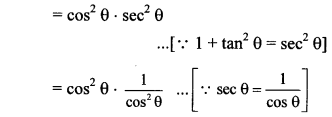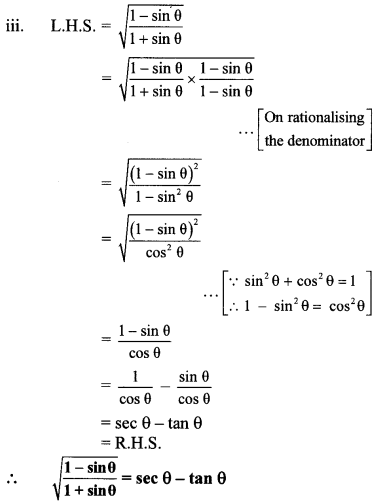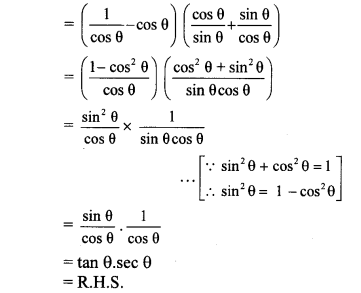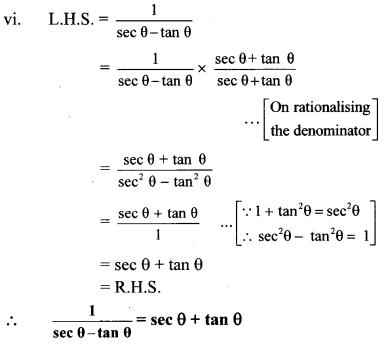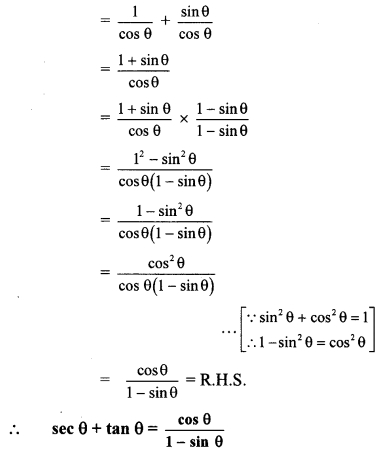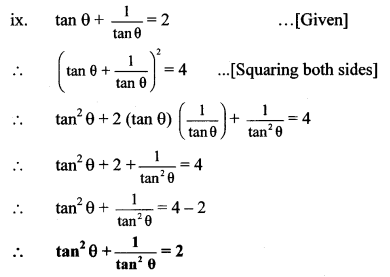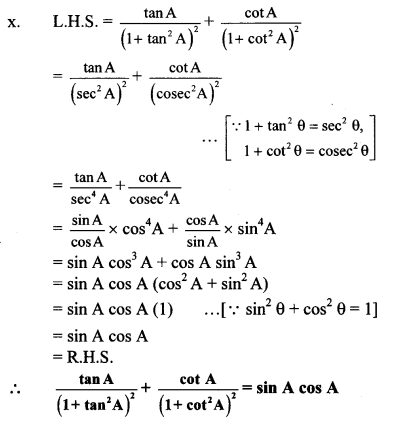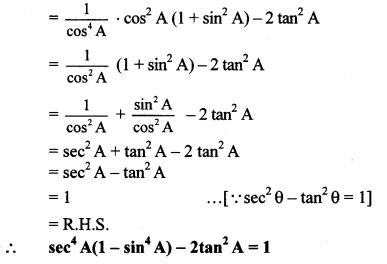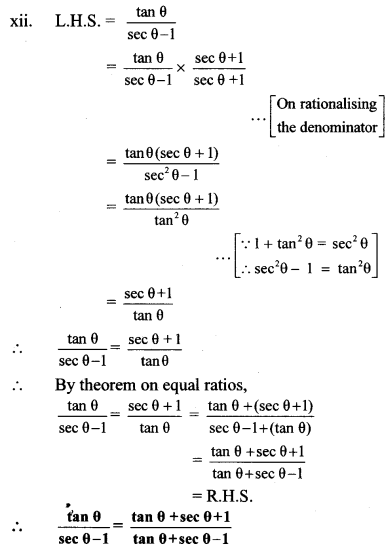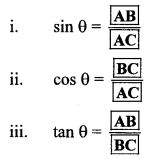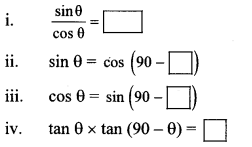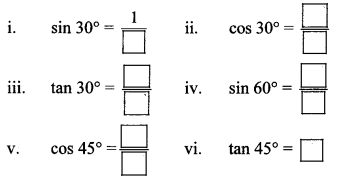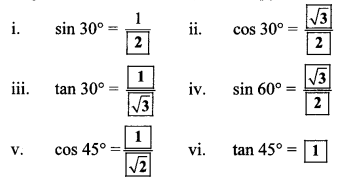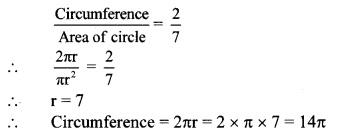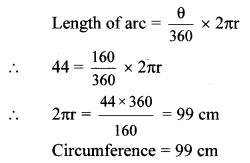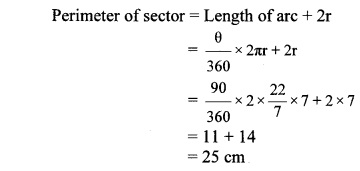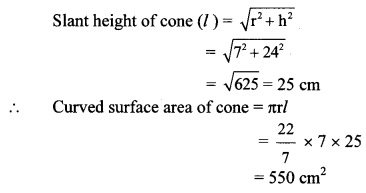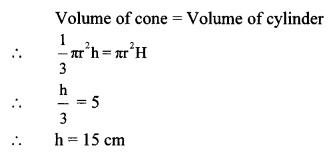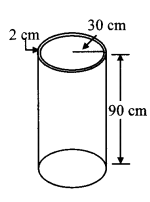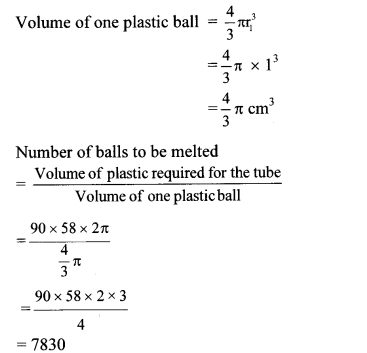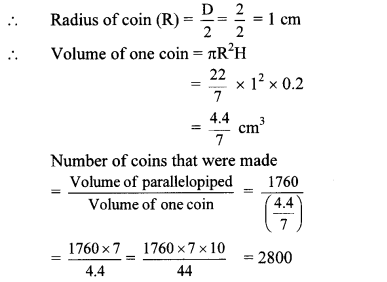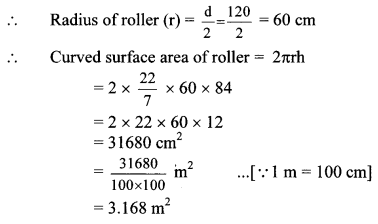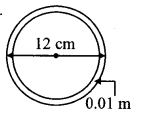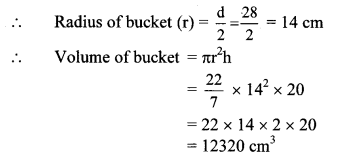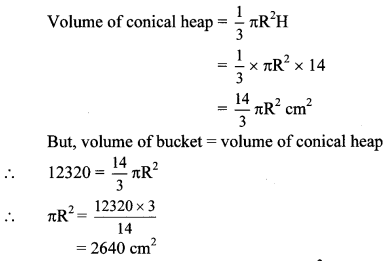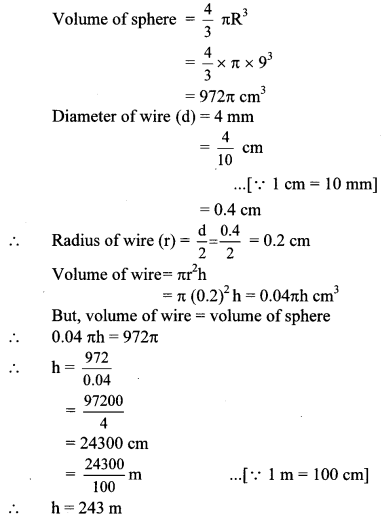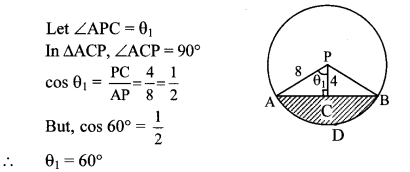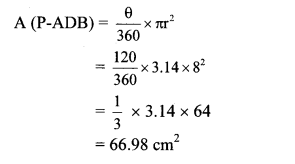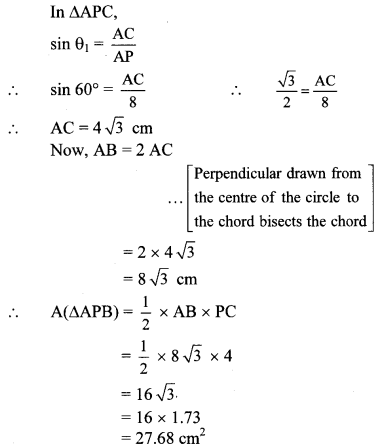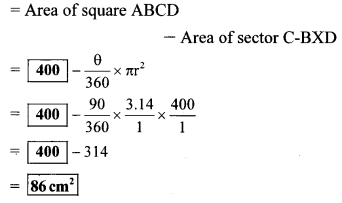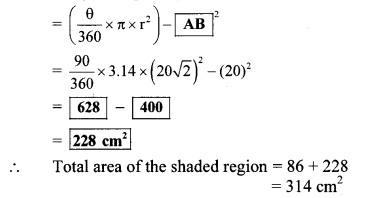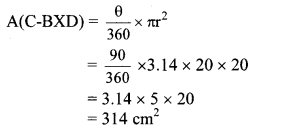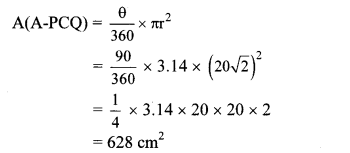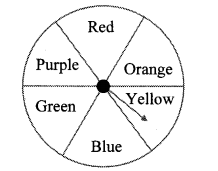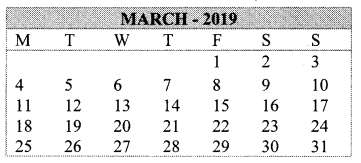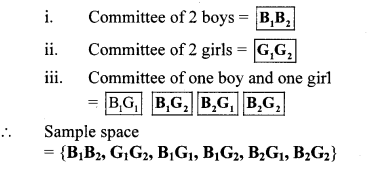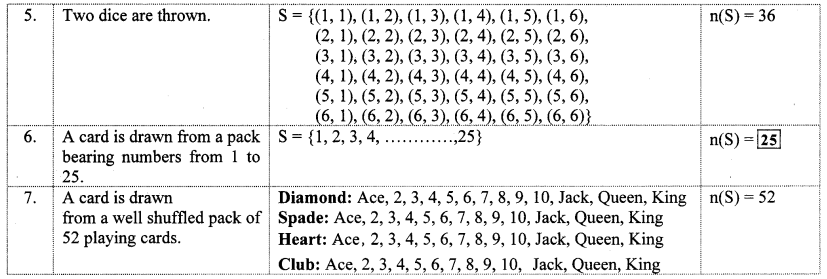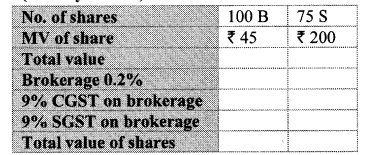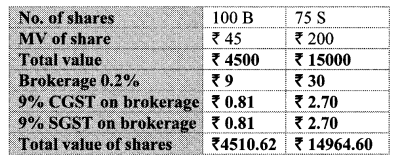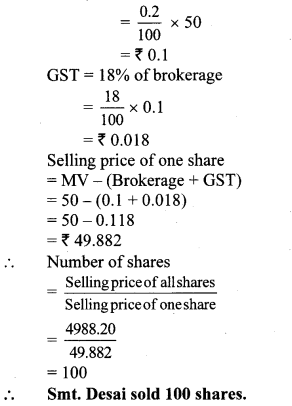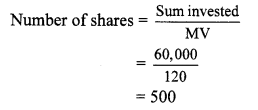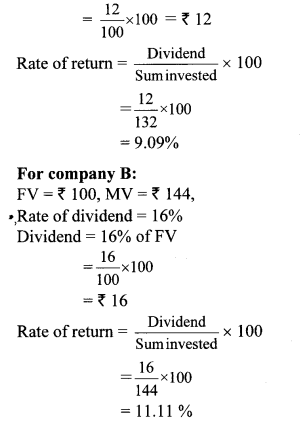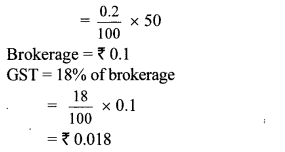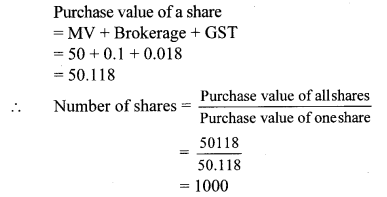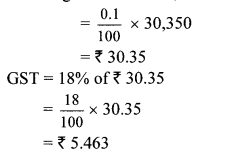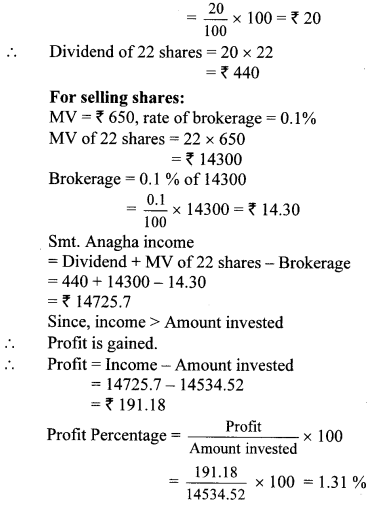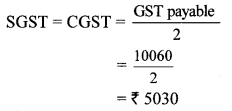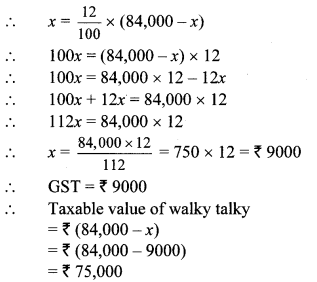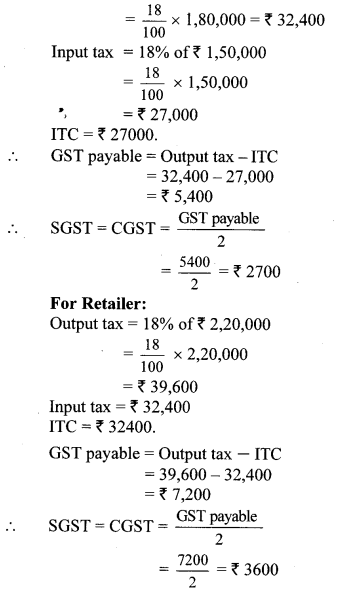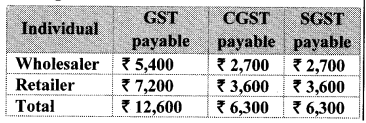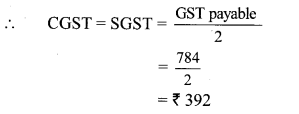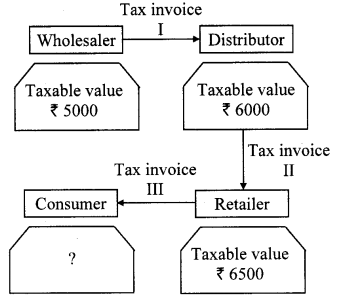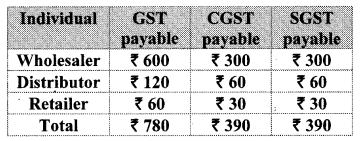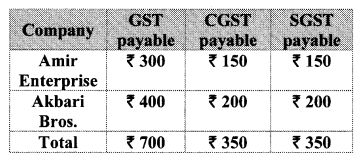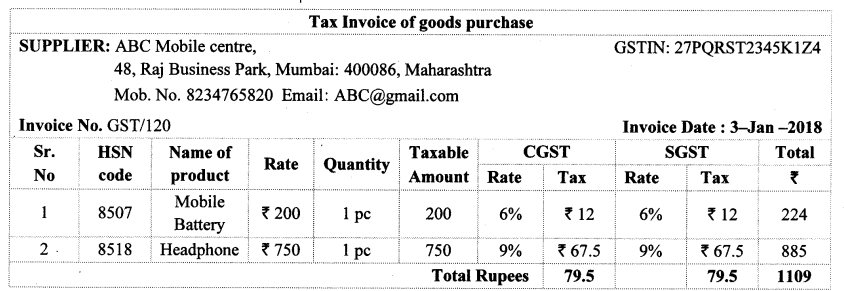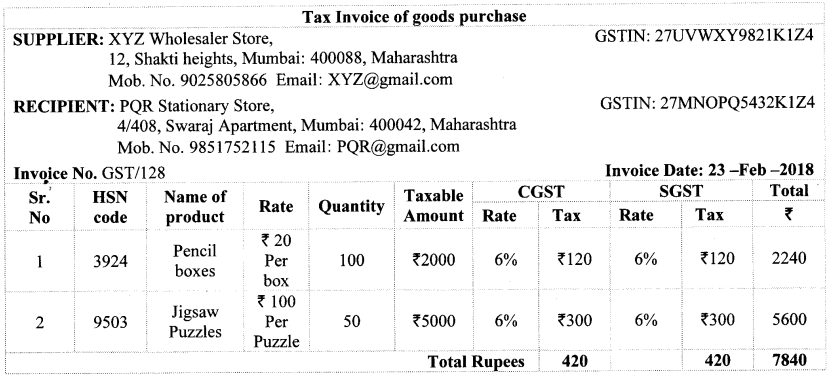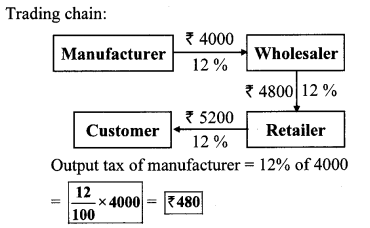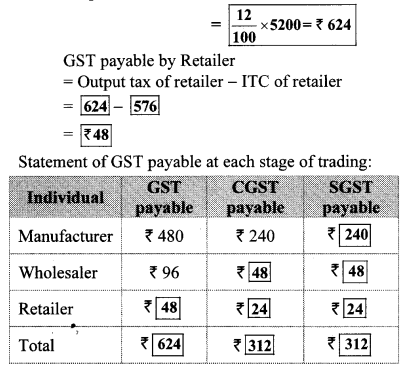Balbharti Maharashtra State Board Class 10 English Solutions Unit 4.4 The Height of the Ridiculous Notes, Textbook Exercise Important Questions and Answers.
Class 10 English Chapter 4.4 Question Answer Maharashtra Board
The Height of the Ridiculous Poem 10th Std Question Answer
The Height Of The Ridiculous Appreciation Question 1.
The teacher writes incomplete sentences on the board. He/She asks the students to complete them in their notebooks.
(a) Today, I am happy because ……………………………… .
(b) Today after the class, I wish ……………………………… .
(c) Tomorrow, I feel that ……………………………… .
(d) I want to laugh because ……………………………… .
(e) Today, the class seems to be cheerful about ……………………………… .
Answer:
(a) my grandparents are coming for a holiday.
(b) to eat an ice cream.
(c) I will go for a movie.
(d) I am very happy.
(e) the forthcoming football match.
![]()
The Height Of The Ridiculous Question 2.
The teacher writes an incomplete sentence and asks the students to complete it in a funny way.
Answer:
(1) Mother gave me cheese but the cat ate it.
(2) I went to the market and bought an elephant.
Appreciation Of Poem The Height Of Ridiculous Question 3.
Give the words related to:
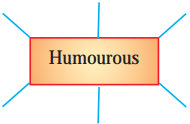
Syllable
A syllable is a unit of spoken language made up of a single uninterrupted sound formed by a vowel and consonants. For example, single syllable : ant, two syllables – water, three syllables : Inferno.
Answer:
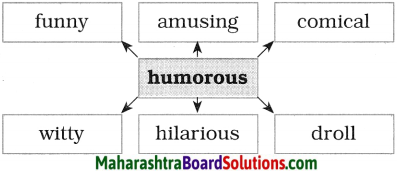
The Height Of The Ridiculous Theme Question 4.
Pick out the word from the given box and write it in the correct columns below.
| jump, narrow, cable, live, queen, butter, tree, kitten, van, yellow, dale, happy, night, printer, star, sober, paper, cloud, pearl, within, bike, began, slender. |
Here the focus is not on the spellings but the pronunciation of the words.
| Words with one syllable | Words with two syllables |
Answer:
| Words with one syllable | Words with two syllables |
| jump, live, queen, tree, van, dale, night, star, cloud, pearl, bike | narrow, cable, butter, kitten, yellow, happy, printer, sober, paper, within, began, slender |
The Height Of The Ridiculous Notes Question 5.
Count the syllables and circle the appropriate number in the box.

Answer:

The Height Of The Ridiculous Question 6.
Write the names of any five of your friends and mention the number of syllables in each name.
| Name | Number of syllables |
Answer:
| Name | Number of syllables |
| Rohan | 2 |
| Namrata | 3 |
| Poonam | 2 |
| Jai | 1 |
| Nilima | 3 |
The Height of the Ridiculous Class 10 English Workshop Questions and Answers Maharashtra Board
The Height Of The Ridiculous Question 1.
Find out expressions from the poem that indicate funny moments.
For example, I laughed as I would die.
…………………………………………………………………………………………………………………………………………
…………………………………………………………………………………………………………………………………………
…………………………………………………………………………………………………………………………………………
…………………………………………………………………………………………………………………………………………
…………………………………………………………………………………………………………………………………………
Answer:
(1) was all upon the grin
(2) the grin grew broad
(3) and shot from ear to ear
(4) He read the third; a chuckling noise
(5) The fourth; he broke into a roar
(6) The fifth; his waistband split;
(7) The sixth; he burst five buttons off;
(8) And tumbled in a fit.
Appreciation Of The Poem The Height Of Ridiculous Question 2.
Order of sequence : Arrange the following reactions in their proper order, as per the poem.
(a) His waistband split
(b) The grin grew broad.
(c) Sleepless eye.
(d) Was all upon the grin.
(e) He broke into a roar.
(f) He burst five buttons off.
Answer:
(d) Was all upon the grin
(b) The grin grew bro^d
(e) He broke into a roar
(a) His waistband split
(f) He burst five buttons
(c) Sleepless eye
![]()
Height Of Ridiculous Appreciation Question 3.
Form pairs and find out the various rhyming words in the poem and two of your own. Complete the following table.
| Words | Rhyming words from the poem | Rhyming words more of your own |
| ear | ||
| within | ||
| man | ||
| split | ||
| way | ||
| him | ||
| die | ||
| mood |
Answer:
| Words | Rhyming words from the poem | Rhyming words more of your own |
| Way | Pay | Say, ray |
| Him | Limb | Dim, rim |
| Die | I | Fly, shy |
| Mood | Good | Food, wood |
| Ear | Hear | fear, dear |
| Within | Grin | sin, bin |
| Man | Can | fan, ran |
| Split | Fit | knit, lit |
The Height Of Ridiculous Appreciation Question 4.
Match the lines with the Figures of Speech.
| Lines | Figures of Speech |
| 1. In wondrous merry mood 2. They were so queer, so very queer. 3. And saw him peep within 4. The grin grew broad. 5. And shot from ear to ear. 6. He broke into a roar. 7. Ten days and nights with sleepless eye |
Tautology Alliteration Onomatopoeia Repetition Hyperbole Repetition Transferred Epithet |
Answer:
| Lines | Figures of Speech |
| 1. In wondrous, merry mood | Tautology |
| 2. They were so queer, so very queer | Repetition |
| 3. And saw him peep within | Repetition |
| 4. The grin grew broad | Alliteration |
| 5. And shot from ear to ear | Hyperbole |
| 6. He broke into a roar – | Onomatopoeia |
| 7. Ten days and nights with sleepless eye | Transferred Epithet |
Appreciation Of The Poem The Height Of The Ridiculous Question 5.
Copy any two stanzas of the poem in the lines below. Using a coloured pen underline the stressed syllables in each line and put a stress-mark ( ) over each.
Answer:
I wrote some lines once on a time
In wondrous merry mood,
And thought, as usual, men would say
They were exceeding good.
![]()
The Height Of The Ridiculous Question 6.
Complete the lines of the poem by choosing proper pairs of rhyming words and make it meaningful.
– We returned home late, one ………………………. ,
In the window, there glowed a ………………………. .
Burglars !! was our very first ………………………. ;
For defence, sticks ‘n stones we ………………………. .
”Let’s grab the loot and ………………………. ,”
was uttered soft, by ………………………..
The door we softly ……………………….,
And then we were truly ………………………..
Oops! Before, outside, we’d ……………………….,
The television had been left ………………………..
(run, shocked, gone, night, sought, on, someone, thought, light, unlocked)
Answer:
We returned home late, one night,
In the window there glowed a light.
Burglars! Was our very first thought,
For defence, sticks ‘n stones we sought.
“Let’s grab the loot and run.”
Was uttered soft, by someone.
The door we softly unlocked.
And then we were truly shocked.
Oops! Before outside we’d gone,
The television had been left on!
The Height Of Ridiculous Poem Appreciation Question 7.
Form goups in your class and together compose a short humorous poem. Use jokes, experiences, etc. and convert it to a poetic form. Write and decorate it on chart-paper and put it up in your class, in turns.
Appreciation Of The Height Of The Ridiculous Question 8.
Go through the poem and write an appreciation of the poem in a paragraph format.
Answer:
Point Format
(for understanding)
The title of the poem: ‘The Height of the Ridiculous’
The poet: Oliver Wendell Holmes
Rhyme scheme: abcb.
Figures of speech: Transferred Epithet, Hyperbole, Onomatopoeia, Tautology, Alliteration, etc.
Theme/Central idea: A funny poem to simply entertain the audience; written for Enjoyment.
Paragraph Format
The poem ‘The Height of the Ridiculous’ is written by Oliver Wendell Holmes.
The rhyme scheme of the poem is abcb. There are many figures of speech, like Hyperbole, Tautology, Onomatopoeia, Alliteration, etc. but the one that stands out is Transferred Epithet. In the line ‘Ten days and nights, with sleepless eye’, the adjective ‘sleepless’ should be for the man and not for the eye.
The poem is a humorous one written for enjoyment, with plenty of funny expressions. The main purpose of the poet is to simply entertain the reader.
![]()
Appreciation Of Poem The Height Of The Ridiculous Question 9.
Project :
Reading a poem.
Arrange the poetry reading competition. Select the poem of your choice.
- Read the poem silently.
- Repeat the reading of the poem.
- Focus on the pauses, stresses, intonation etc.
- Pay attention to the proper pronunciations.
Poem Appreciation Of The Height Of Ridiculous Question 10.
Choose the correct alternatives: (The answers are given directly and underlined.)
(1) The poet was in a very …………….. mood when he wrote the lines.
(a) tired
(b) happy
(c) bored
(d) wondering
Answer:
(b) happy
(2) The poet was generally a ……………… man.
(a) humorous
(b) wonderful
(c) serious
(d) good
Answer:
(c) serious
Question 11.
Explain:
(a) the contrast between the poet and his servant.
Answer:
The poet was a thin and slender man while his servant was strong and muscular.
(b) the poet’s reaction when he read the lines.
Answer:
The poet laughed heartily when he read the lines. He laughed so hard he thought he would die.
![]()
Question 12.
Find out the expression from the extract that indicates funny moments:
Answer:
‘I laughed as I would die’.
Question 13.
Match the lines with the figures of speech:
Lines – Figures of Speech
(a) A sober man am I – (c) Tautology
(b) To mind a slender man like me – (d) Inversion
Answer:
(a) A sober man am I – Inversion
(b) To mind a slender man like me – Alliteration
Question 14.
Complete the following:
(1) There was a grin on the servant’s face when …………………………
(2) The chuckling noise was heard when ……………………..
(3) When he read the fifth line ………………….
(4) The grin grew from ear to ear when the servant ………………….
Answer:
(1) he read the first line.
(2) the servant read the third line.
(3) his waistband split.
(4) read the second line.
Question 15.
Describe the outcome of this experience on the poet.
Answer:
After this experience, the poet has never dared to write any more funny poems.
![]()
Question 16.
Which line suggests that the servant was totally out of control?
Answer:
The line ‘And tumbled into a fit’ suggests that the servant was totally out of control.
Read More:
